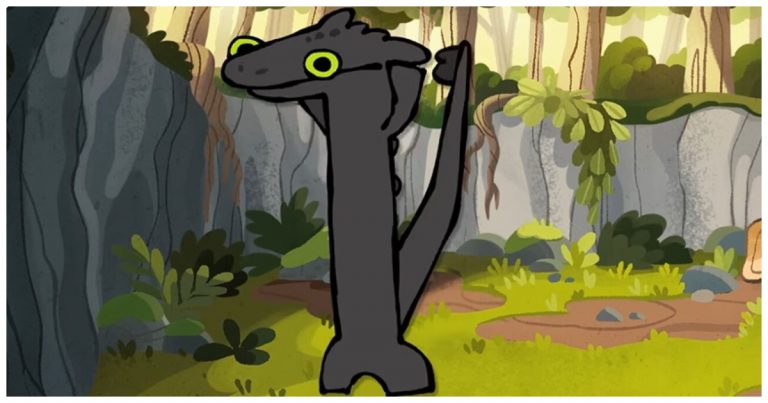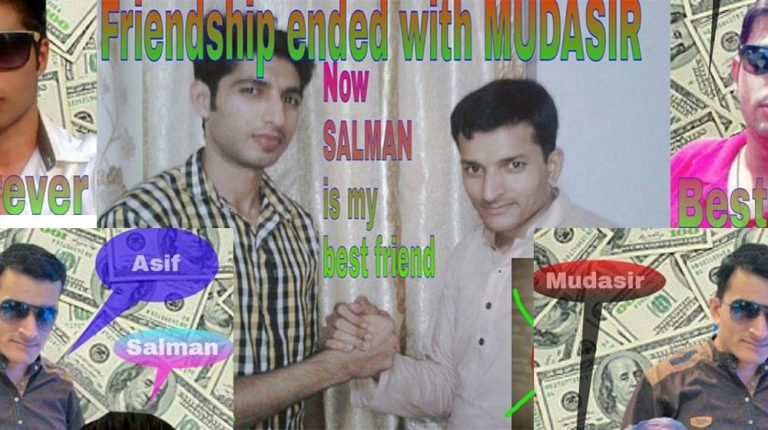Tung Tung Tung Sahur Meme EXPLAINED: Origins, Meme Format, Character Behind the Meme
What’s the story behind the viral Tung Tung Tung Sahur meme?
In this article, we break down the origins of the phrase rooted in Southeast Asia’s Ramadan traditions, the meme format that turned a wooden puppet and AI voice into internet gold, and the quirky character behind the meme that’s become a digital icon.
It’s a perfect mix of old customs and new-age humor, echoing through TikTok and beyond.
#1 What Are the Origins of Tung Tung Tung Sahur Meme?
The phrase “Tung Tung Tung Sahur” exploded into global meme culture in February 2025, thanks to a viral TikTok by creator @noxaasht. But its roots run deeper than internet humor. This rhythmic chant mirrors Southeast Asia’s long-standing sahur wake-up tradition, where drummers roam neighborhoods before dawn to rouse the faithful for their pre-fast meal.
In Indonesia and Malaysia, this custom lives on through instruments like the kentongan and beduk, echoing Islamic identity and communal spirit. By mimicking these sacred rhythms through onomatopoeia—”Tung” capturing the cadence of traditional drums—the meme bridges ancient ritual and digital creativity, becoming both a playful soundbite and a cultural touchstone for Ramadan.
#2 What Is the Key Meme Format of “Tung Tung Tung Sahur”?
The Tung Tung Tung Sahur meme is based on a viral video of a man banging a drum and loudly yelling “Tung tung tung, sahur!” to wake people for pre-dawn Ramadan meals, and its key meme format centers around short video or audio clips used in humorous, exaggerated, or absurd contexts.
Often remixed on TikTok, Instagram Reels, and Twitter, the sound is applied to unexpected or chaotic situations, such as someone bursting into a room, interrupting a peaceful moment, or waking someone up in a jarring way.
The meme works through the following core elements: sound-based humor, cultural remixing, and unexpected timing.
-
Sound-based humor – rhythmic shouting – audio virality: A 2022 study from the University of Manchester’s Digital Media Research Centre found that memes relying on loud, rhythmic audio cues (like “Tung tung tung”) are more likely to be remixed due to their immediate recognizability and comedic impact.
-
Cultural remixing – regional tradition + global context – humor through contrast: According to the University of Malaya’s Cultural Studies Department (2023), the original clip draws on Southeast Asian sahur traditions, but gains meme potential when placed in global, often absurd, contexts where its purpose is humorously disconnected from its origin.
-
Unexpected timing – shock value – comedic disruption: Research from the University of Melbourne’s Internet Culture Lab (2021) notes that inserting loud or out-of-place sounds into otherwise calm videos is a common meme technique to generate laughs through surprise.
#3 Who Is the Character Behind the Tung Tung Tung Sahur Meme?
The character behind the Tung Tung Tung Sahur meme is a strange-looking wooden figure holding a bat, shown in a looped animation where it loudly chants and bangs the ground. It’s both creepy and funny—designed with AI to look a bit off, with stiff limbs, weird textures, and exaggerated features. But this odd little figure isn’t just there for laughs. It’s become a symbol of digital Ramadan culture, like a strange cartoon guardian reminding everyone to wake up for sahur.
People love this character because it’s memorable and weird in a way that sticks. It feels like something from a dream—or a nightmare—but it also connects to older traditions. In many Southeast Asian countries, people used to walk the streets before dawn, banging drums or wooden instruments to wake others for sahur. This wooden figure is like a modern, online version of that—made funny, exaggerated, and a little spooky for today’s meme-loving generation.
The design also fits right into what Gen Z calls the “digital grotesque” style: a mix of humor, horror, and glitchy visuals that’s popular on TikTok. It grabs attention, makes people laugh, and gets shared again and again. More than just a meme, this character taps into ritual, rhythm, and shared experience—reminding us of tradition through the wild world of internet creativity.
#4 What Is the Cultural Impact of the Tung Tung Tung Sahur Meme During Ramadan?
The Tung Tung Tung Sahur meme has brought new life to sahur traditions during Ramadan, using humor and AI visuals to reconnect people—especially youth—with the pre-dawn ritual. It turns a sacred practice into something fun and shareable, without losing its meaning.
This meme also sparked global conversations about Islamic customs, inviting curiosity and cultural exchange. By blending tradition with digital creativity, it shows how internet humor can preserve faith, build community, and make religious moments more accessible to the online world.
#5 How Has the Tung Tung Tung Sahur Meme Spread Globally and Been Received?
The Tung Tung Tung Sahur meme reached a global audience through TikTok and YouTube, boosted by trending audio and short-form video algorithms. Its quirky format quickly traveled beyond Muslim communities, appearing on feeds in non-Muslim countries through platform virality.
What helped even more was how people adapted the meme—adding translations, cultural references, and regional humor. Diaspora communities played a key role, reshaping the meme to reflect their own Ramadan experiences. The reaction? A mix of amusement, curiosity, and confusion. While some embraced its humor and tradition, others didn’t quite get it—proving just how far and fast internet culture moves.
#6 FAQs: Understanding the Tung Tung Tung Sahur Meme
Q: What does “Tung Tung Tung Sahur” mean?
A: “Tung Tung Tung Sahur” is an onomatopoeic phrase mimicking the sound of pre-dawn drumming traditionally used in Southeast Asia to wake Muslims for sahur, the early morning meal during Ramadan. It combines rhythmic repetition (“Tung Tung Tung”) with the call to sahur, blending cultural ritual with meme humor.
Q: Who created the meme?
A: The meme was first popularized by TikTok user @noxaasht in February 2025, featuring an AI-generated, surreal wooden figure banging a bat and chanting the phrase. This original post sparked widespread remixes, animations, and cultural adaptations online.
Q: Is it offensive or disrespectful?
A: While generally viewed as humorous and culturally engaging by many Muslim users, interpretations vary. Scholars from the Georgetown University Department of Theology and Culture (2023) note that such memes can be respectful if they preserve the spirit of the tradition and are not used mockingly. However, context matters—some may find it trivializing if stripped of its religious roots.
Q: Where can I find the original video?
A: The original video was posted on TikTok by @noxaasht in early February 2025. It can still be found by searching the phrase “Tung Tung Tung Sahur” on TikTok, where it has since been shared, duetted, and referenced in thousands of user-generated posts.
#7 Conclusion
The Tung Tung Tung Sahur meme is more than just a viral moment—it’s a blend of faith, fun, and digital creativity. By merging a sacred Ramadan tradition with surreal, AI-generated visuals, it connects generations and cultures in an unexpected way. It’s a reminder that even in the age of memes, tradition can still echo—loudly, rhythmically, and with a bat in hand.









